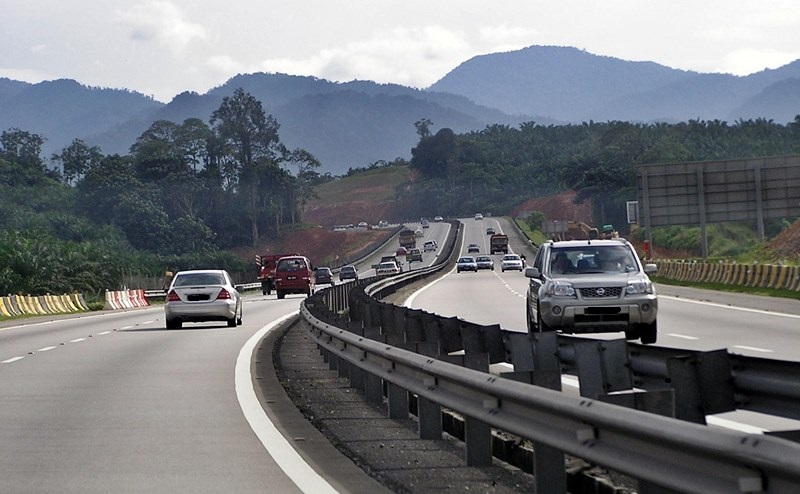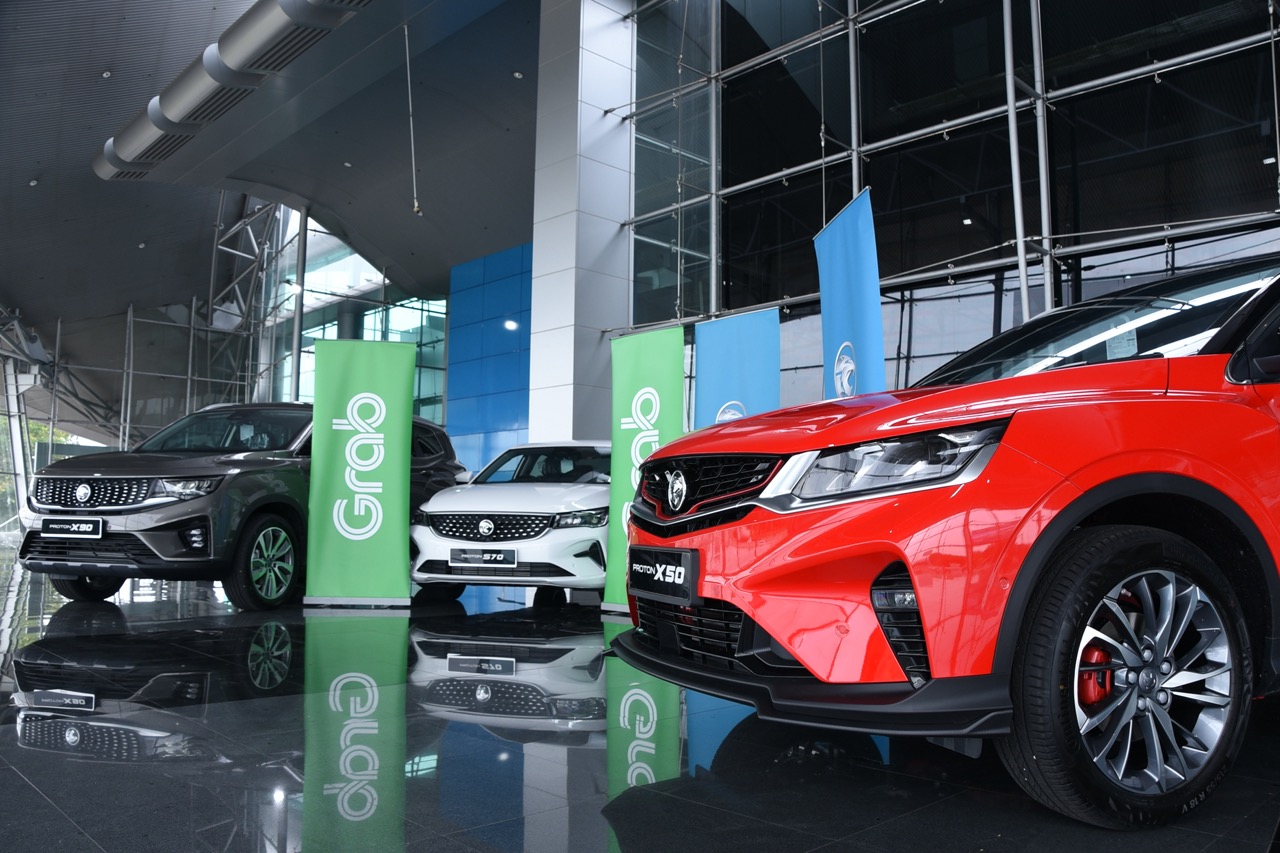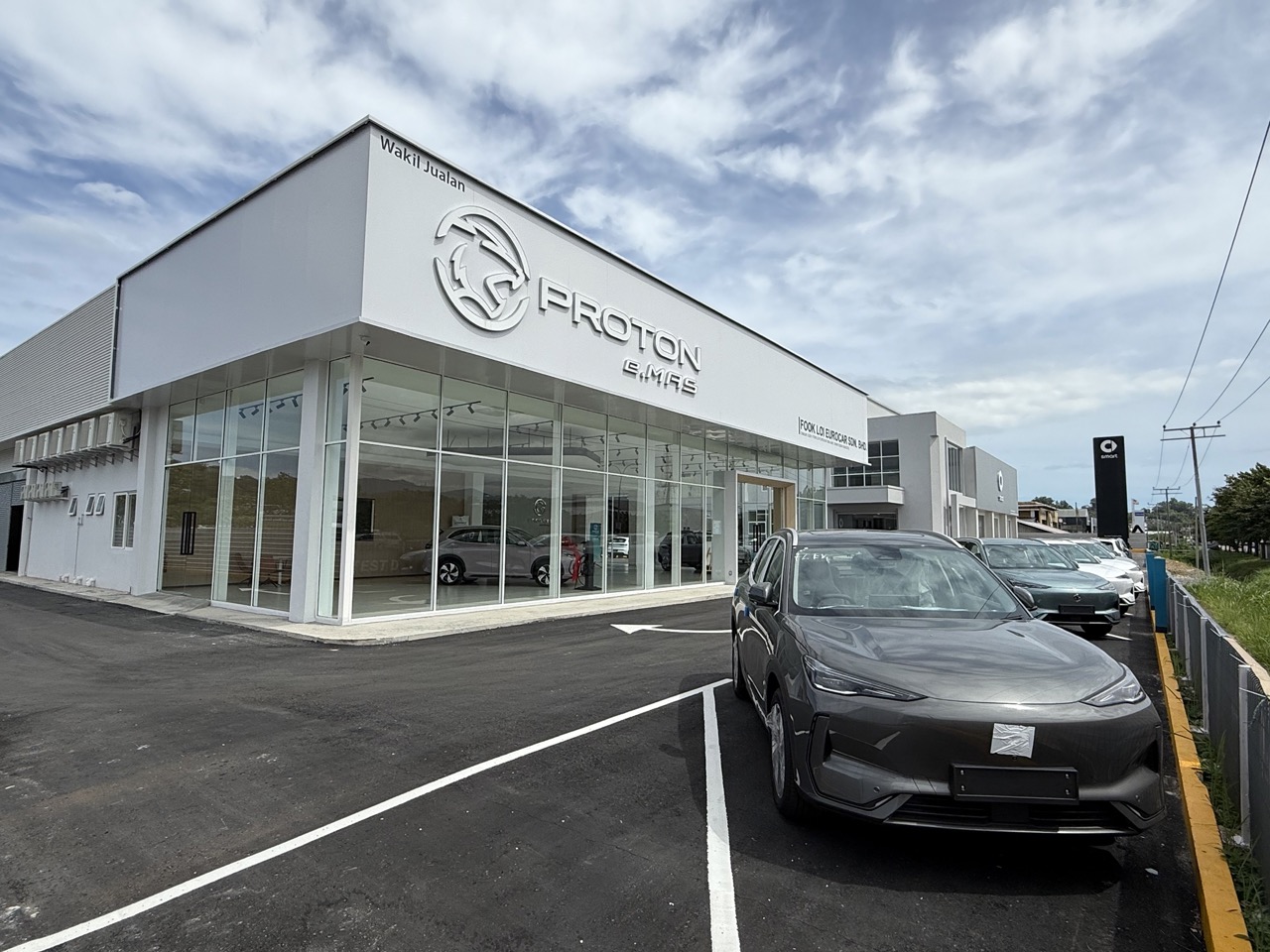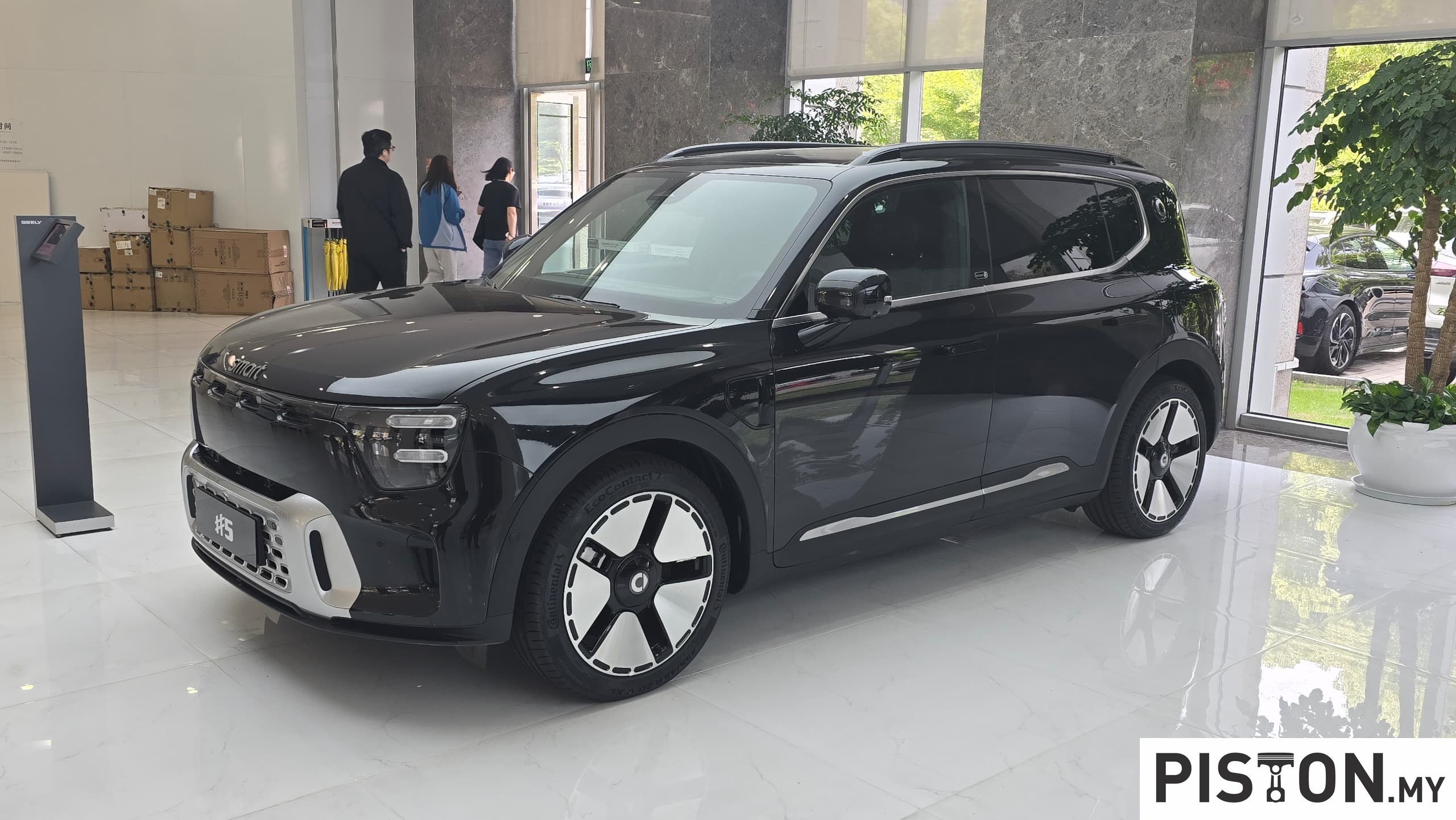For the police to catch motorists exceeding speed limits, they need to have evidence and the most common approach in Malaysia is by using speed cameras that are installed by the side of highways, or hand-held units operated by personnel. Without the evidence provided by a reliable device to show the speed the vehicle was travelling at, it would be hard to issue a summons that can be challenged in court.
Soon, the police will use a new method of determining vehicles speeds and it will be done from patrolcars with radar devices mounted on them. These are not new but are being deployed by the police when Ops Selamat is carried out between January 28 and February 6. They devices will be installed in vehicles patrolling highways around Malaysia which are expected to have at least 1.6 million vehicles on the move during the festive season.
Using vehicles to track speeds is not need to the Malaysian police and as far back as the 1970s, before radar-based devices were used, they had a system inside patrol vehicles which measured the speed of a vehicle between two points on the road. When the car passed the first point, a timer would be started and stopped when it passed the second point, and a computer would calculate the speed.
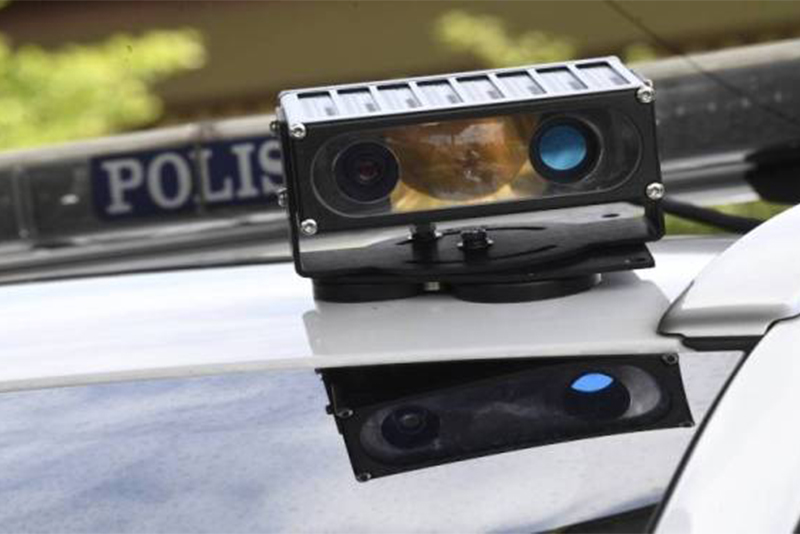
Later, as hand-held radar ‘guns’ became available, this was an easier and more accurate way to detect speeds. Fixed radars with cameras were also used as speed-enforcement devices along some highways, the first being the original Karak highway in the 1980s where the devices used solar power.
The vehicle-based radar will make it easier for the police to record vehicles committing offences at any point on the highway, rather than just fixed locations which are often known to motorists who regularly pass them.
Additionally, besides the installation of radar devices on the patrol vehicles, there will also be increased use of the iCOPS system to more quickly identify vehicles that have outstanding summonses. Failure to settle summonses has led to the police having a huge backlog to clear, so they sometimes offer discounts as incentives for motorists to pay up. There was one instance when the police database was so clogged up that it had problems.
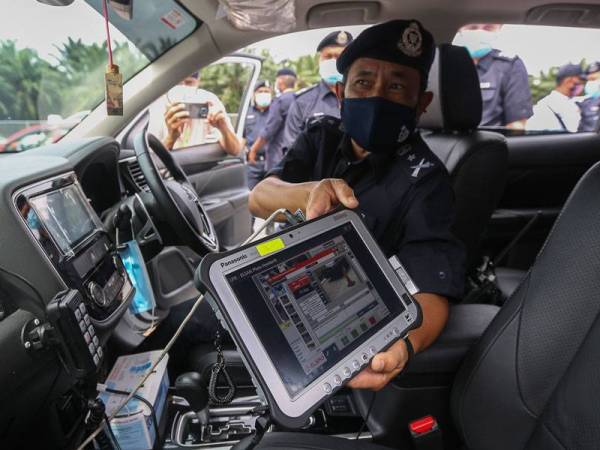
The iCOPS system, which has been in use since 2015, has helped the police build up a database of vehicle profiles estimated to number over 6 million to date. The system is used in conjunction with Automated Number Plate Recognition (ANPR) technology which can recognise numberplates so that they can more easily be checked against the database.
Besides identifying vehicles that have outstanding summonses, the iCOPS system can also help police to quickly know if a vehicle has been reported stolen. There is no need to even key in the number as the ANPR would determine the registration number optically and check it against the database. The iCOPS system is used with a Panasonic heavy-duty tablet in the car.
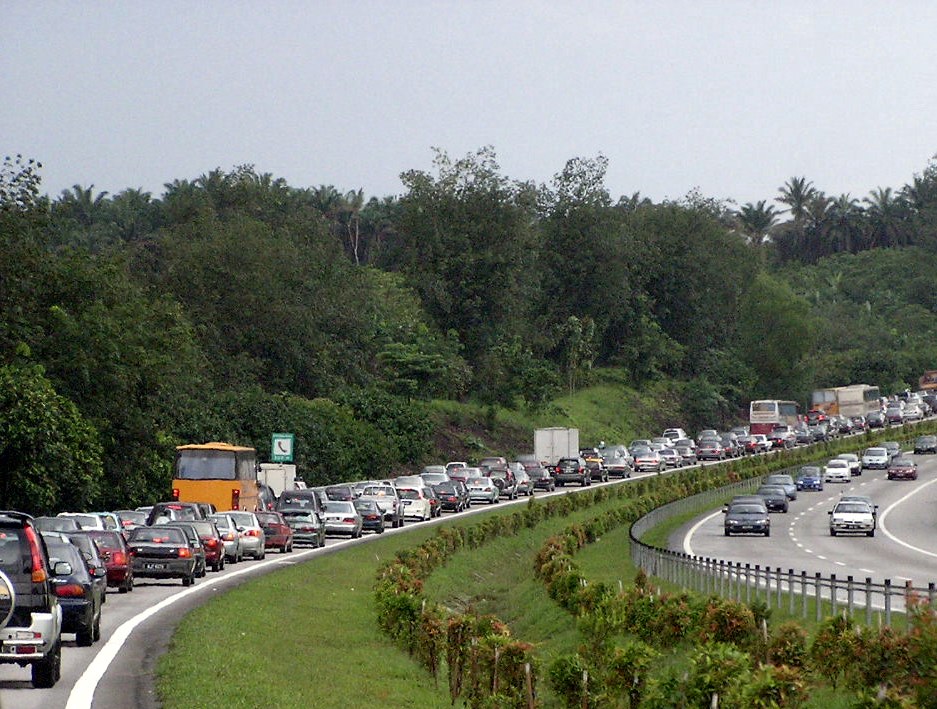
‘Ops Selamat’, which has been absent for two years, is aimed at minimizing road accidents during the festive season as well as prevent burglaries. The latter can occur at homes where the residents have gone off on holiday or ‘balik kampung’.
For motorists who are travelling along PLUS highways, assistance will be readily available with the PLUSRonda teams on standby. The PLUSRonda service, which has been available for over 30 years, can offer various forms of assistance and the personnel are trained with technical as well as medical skills so they can attend to breakdowns and also save lives.
PLUS apologises, will reinstate 43 lanes to SmartTAG lanes to address congestion issue



